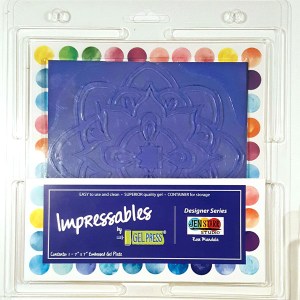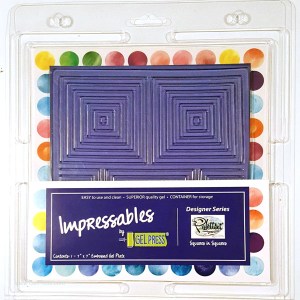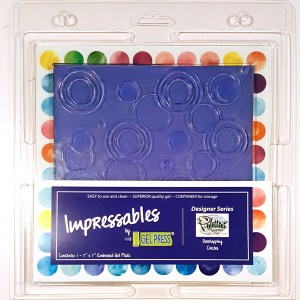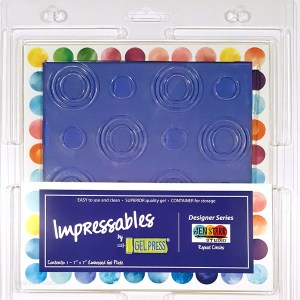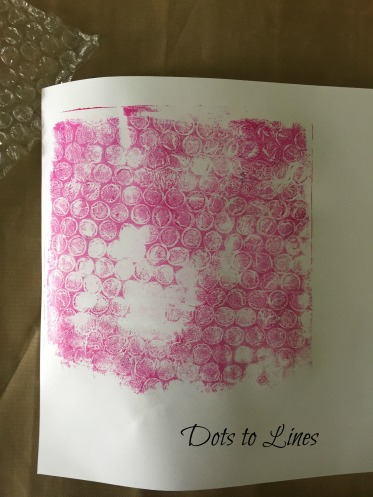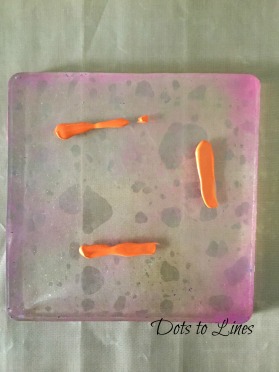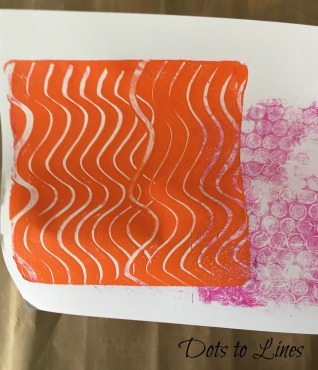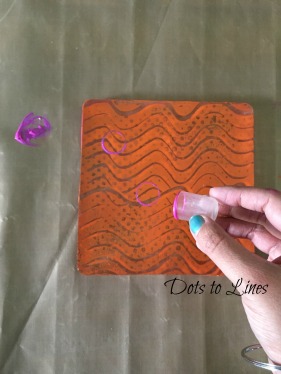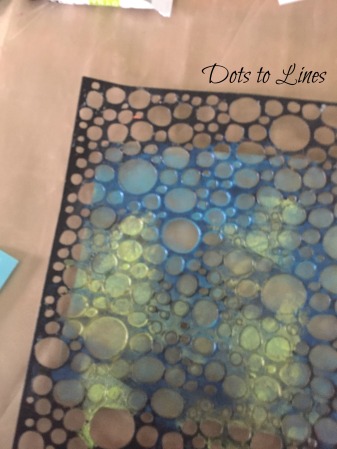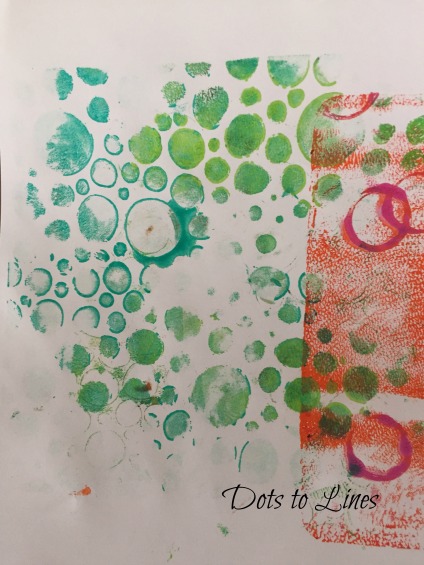Hello My Dear Friends
Pavitra here, I am back with you guys and believe me, I am super excited and happy to be here!!!Lately I started doing lots of mixed media projects and there is so much that can be done. I love to work with different mediums and today I would like to share my bit of knowledge with you guys about the basic mixed media mediums.
Gesso – is the first and for most important medium that I start to play with when I start working on any projects. Gesso works as a primer for the surfaces and prepares the surface or the background for the next step without bleeding through. In simple work it let the sprays, inks, paints or crayon does the job in better way.
Depending upon the consistency there are light gesso or heavy gesso that available in the market. Further there are three variants of gesso available – white gesso, black gesso and clear gesso. One can choose from white or black gesso depending upon the final look one is aiming for.
Clear gesso is good to use on any image, pattern or sketch, so that a part of it remains visible while working with sprays, ink or paints.
There are many brands available I am naming few of them here – Prima marketing, Liquitex, DecoArt, Dustic Attic, Sakura etc.There is so much that can be done with gesso like priming the surface ( below pic)
Preparing the embellishments for coloring (below pic)
Gesso can also be used for stamping, it creates a resist effect as shown in below pic.
Modeling paste - is thick, dimensional paste, which can be worked with texture tool, spatula or stencil for creating various interesting textures. It dries permanent and somewhat semitransparent after drying. I usually first make the textures on base which i want to create and than after i apply paints on the textures. It can be sprayed with colors after drying. By mixing with pigments, inks or sprays one can create custom pastes out of it.
The best tool to apply modelling paste is Plastic Palette Knife as its very easy to apply with, its flexible to use and you can use the knife in any direction while working on Stencils or at any base. The cardstock i work with for Modelling paste is 270 GSM to 300 GSM as it gives good weight to hold the modelling paste.
Modelling Paste works great as an adhesive for embellishments. Few of the brand available in the market – dustic attic, liquitex , prima , golden etc.
In the above image, in first row, I applied modeling paste with Plastic Palette Knife;
Second row, I mixed it with distress ink and applied with texture tool;
In the last I applied modeling paste through stencil using Palette Knife.
Second row, I mixed it with distress ink and applied with texture tool;
In the last I applied modeling paste through stencil using Palette Knife.
Texture Paste - is as name suggests, It adds dimensional textures to painting or to mixed media art. It is like modeling paste. Texture paste is bit heavy than paints and modelling paste. With Texture paste you can create Impasto effects on the projects. Even one can shape or sculpt the texture paste in any way before drying using the palette knife. With using different texture tools, one can achieve unique textures on variety of the surfaces.
Texture paste can also be mixed with paints, pigments or colors for creating custom pastes. In the market there are various brands available one of them is from Ranger’s and its comes in three different variants depending upon the final finish –
Texture paste (transparent gloss) – this one dries transparent with glossy finish
Texture paste (transparent matte) – this one also dries transparent with matte finish
Texture paste – this dries white with opaque finish.
Further texture paste also comes up with various other finishes such a crackle paste, graphite paste; sand paste etc.
The different brands available in the market prima marketing, dream weaver , ranger’s etc.
Sand paste through stencil


Texture crackle paste white and texture crackle paste mixed with distress ink (above pic)
Tip: I first pressed the distress ink pad on the craft sheet and than mixed it with texture paste.
















